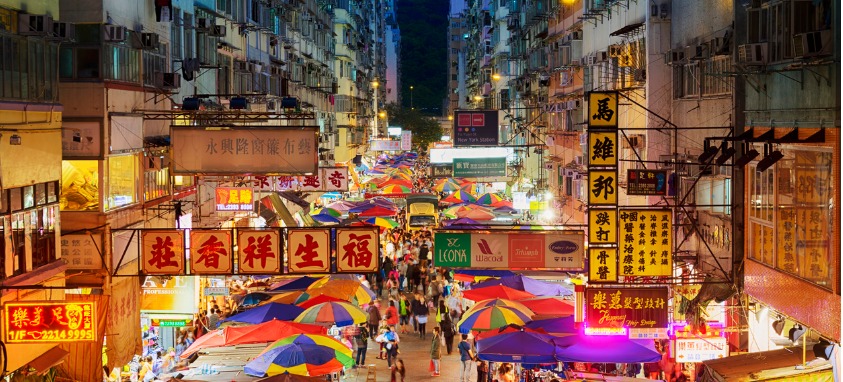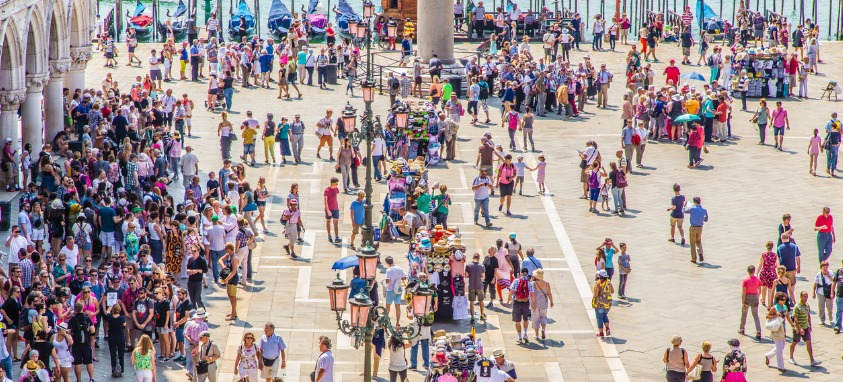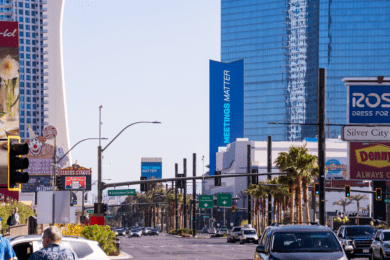Travel and tourism is a growing industry—and that’s a wonderful thing. Tourism can boost the economy of destination communities, enhance public facilities and services, create employment opportunities and spark interest in other cultures and historical monuments. According to World Travel and Tourism Counsel (WTTC), tourism is a substantial contributor to global prosperity. WTTC’s research shows that in 2018, travel and tourism contributed $8.8 trillion to the global economy and generated 10.4 percent of all global economic activity, as well as contributing to 319 million jobs—representing one in 10 of all jobs created globally.
More: Hotels.com Report Reveals Growing Passion for Travel
Too Much of a Good Thing
So, what’s the problem? The issue is not with tourism itself; but when it goes overboard. Overtourism—when tourism gets out of control—causes overcrowding in popular locations at peak times (Spring Break in the United States and Mexico is a good example of this), disrupts local infrastructure and changes lifestyles, increases pollution, raises the cost of living and disturbs the peace in destination communities. Overtourism is not a new problem, but with the ongoing rise of the middle class, global travel incentives and relative ease of getting from one place to another, coupled with our innate desire to explore, it will only continue—and get worse—unless actions are taken to reign it in.
Taming the Masses

Overtourism is truly a complex, global concern that manifests itself differently in every locale. Consequently, there is no single answer to how to treat the problem. Several popular tourist destinations have been implementing various tactics to abate the issue. For example, Venice, Italy, has banned cruise chips from using its terminal in order to protect the city’s centuries-old building foundations. The government of Machu Pichu, Peru, has placed a limit on the number of people allowed to visit the site at peak times.
Other tactics include:
- Using technology to reduce congestion. Amsterdam, for example, has been developing dashboards to forecast overcrowding in some highly trafficked locations.
- Shifting focus. For destinations with peak seasons, such as New England in fall, or Iceland in summer, cities and venues can increase promotions of off-peak attractions.
- Adjusting prices. This can be tricky, but various methods, such as adjusting costs based on season or time of day, implementing fees for sustainable endeavors or maintenance, or shifting to tiered pricing models, can help balance supply and demand—thereby mitigating overcrowding.
Using a mix of these and other tactics, along with long-term growth management strategies, measuring successes, collecting data and working together, destinations can find ways to keep travelers coming while shaping and defining tourism for their unique locations.




